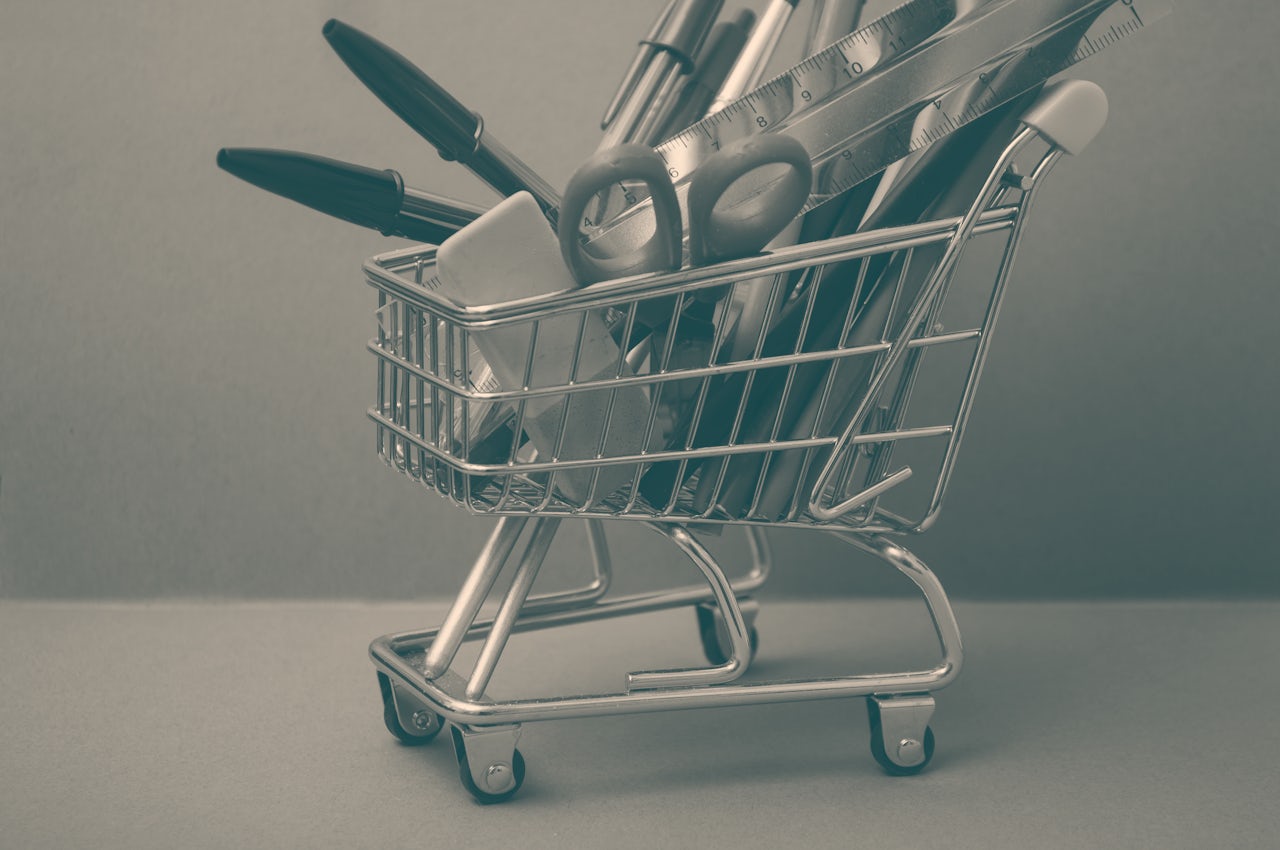The first time I used Afterpay, the “buy now, pay later” financing service offered conveniently at the checkout of many online retail stores, I spent an easy $400 on housewares — the purple boho duvet set was just calling my name — than I would have were it not an option. To counteract the natural pull of adding item after item to my Free People cart, I made a decision right then to cut myself off at $90 per Afterpay installment. So far this slightly convoluted check on myself has worked: I haven’t missed a monthly payment.
But friends of mine who have used Afterpay, or similar services Affirm or Quadpay, haven’t been so diligent: One incurred late fees, which can amount to 25 percent of the total cost of a purchase. The allure these services is simple and irresistible: you don’t really feel the full brunt of a chaotic online shopping spree if you can pay for it in seemingly manageable monthly chunks.
All of this is a canny re-branding of how disadvantaged people have gone about buying things for decades — layaway (Even though the actual financial structure doesn’t have a ton in common with layaway, it is the word these brands use to explain themselves). As a kid, if my family couldn’t afford to get a new set of clothes or kitchen appliances, we would either forgo the purchase entirely, wait for a sale, or put it on layaway. Layaway was a mysterious concept to me — I thought it was a kind of promise between my mum and the stores we frequented, like Burlington Coat Factory or TJMaxx — but I know now that it is an installment plan in which shoppers like my parents slowly paid for items over time and then took them home when the debt was settled.
The process of layaway was marked by shame — but also by pure giddiness at the prospect of new clothes or shoes. I remember coming across a pair of shoes that could’ve passed for Dr. Martens in one of those off-price department stores. They were a dream find — looking like a financially secure kid without the full sticker price was my daily challenge. The shoes went into the shopping cart along with all the new jeans, blouses and button-downs my siblings and I were getting before we went back to school — we would shop a month before school began, and when my mother paid off the purchase at the end of the month, we would get our goods. I wore those shoes until there were holes through the soles.
And now what is essentially still layaway has been updated for the millennial shopper, complete with instant gratification and a cooler reputation. Affirm, Afterpay, and Quadpay have taken a concept familiar to disadvantaged, lower-income people, rebranded it, and sold it back to a new bougie audience. (The same is true of companies like Rent the Runway or Livefeather, which offer expensive clothes and furniture, respectively, for customers to briefly borrow instead of own, but without the low-rent branding of their forebears, like Rent-A-Center.)
All the while these payment-installment companies deny the linchpin of the service they’re offering: debt. The demographic of shoppers these companies are telling retailers they’ll bring in are, on average, making less money and are wary debt, so the companies take great care not to refer to it as such. “We are not offering consumers a loan, but rather a budgeting tool,” Nick Molnar, the founder of Afterpay, said in a report from January by Vox. “We are advocates of responsible spending.” Molner and his counterparts want customers to spend money they likely do not have in order to generate revenue.
When I think of my elementary and middle-school self, I remember having to be comfortable with never owning the newest items; my mum leveraged services aimed at marginalized people in order to afford nice things for our family. And now the cycle continues with me, because I am the exact kind of shopper these companies are after.
It’s not in my or anyone’s best interest to cozy up to these services; those of us who come from disadvantaged backgrounds know this especially well. In some ways I am still that middle-schooler hoping my off-brand shoes signal something good about myself, and as long as that remains a part of me, these companies will have an avenue for perpetuating cycles of debt.
